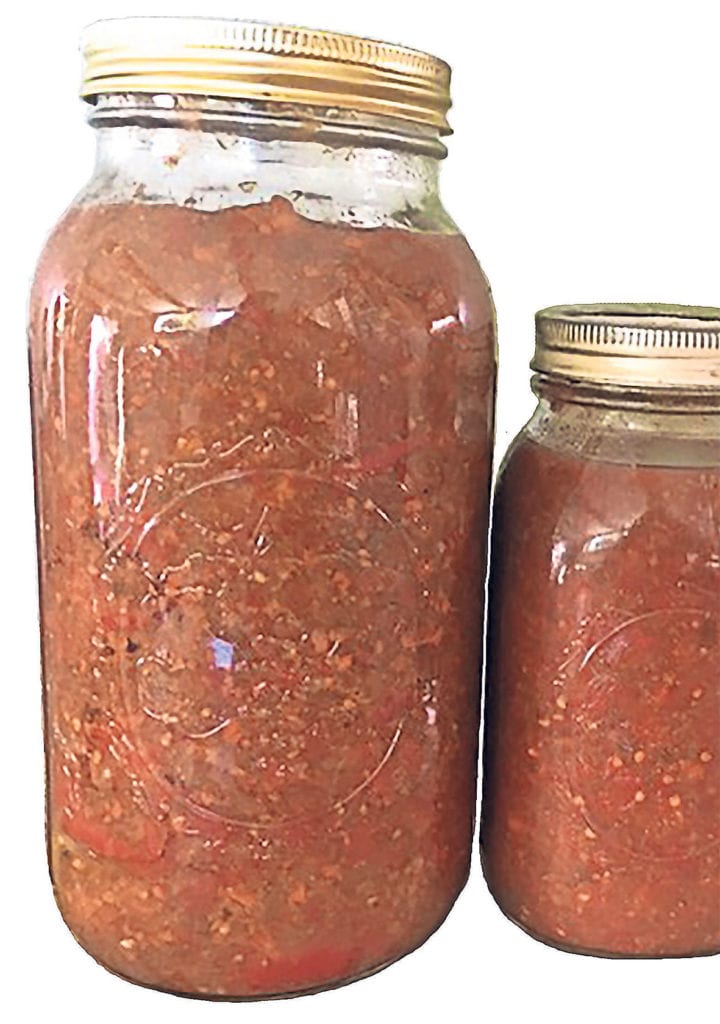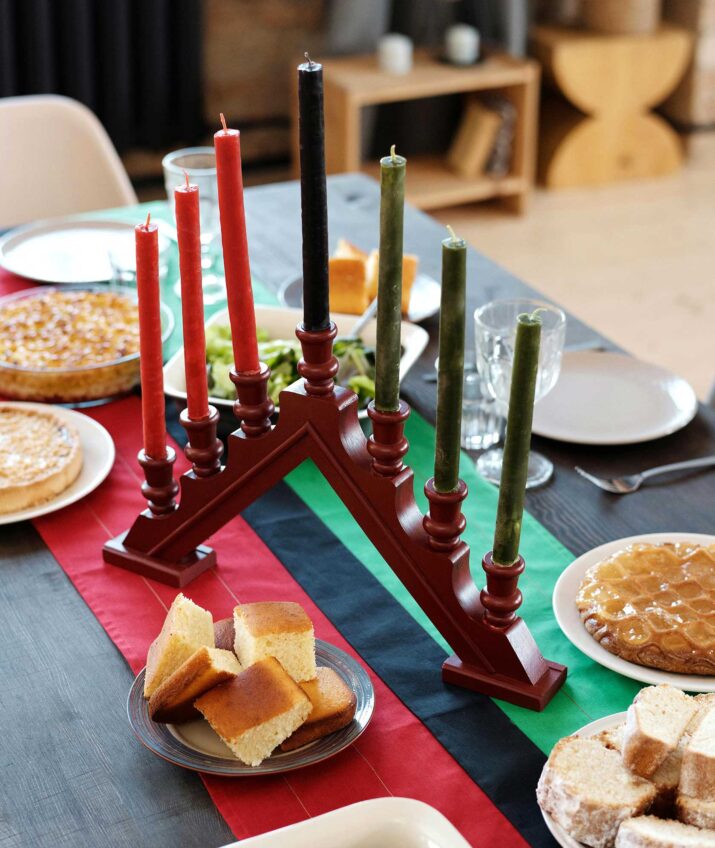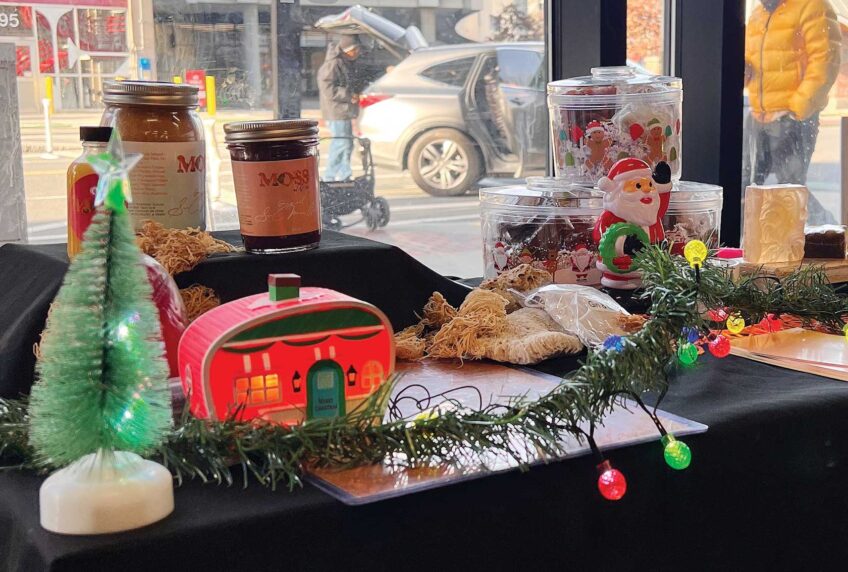
Labor Day is unique among holidays in that nobody really celebrates it. It lacks the excitement of New Year’s, the virtues of MLK Day, the mystery of Easter, the love of Mother’s Day, the sorrow of Memorial Day, the unity of the Fourth, the excesses of Thanksgiving and the baggage of Christmas.
A few politicians and advocacy organizations take advantage of a fat, slow pitch to their agenda, which they attempt to further with statements about the importance of labor, and fair compensation for that labor. Then, we cut to school shopping, and the last three-day weekend of summer.
To me, a crowded campground sounds a whole lot more like work than spending some time in the kitchen, putting in some labor to make sure there is yummy food to eat in winter.
It’s too bad Labor Day doesn’t get more love, because labor is a concept that truly should be celebrated, elevated and appreciated. Good labor makes the world a better place, and makes the laborer a better person. In the kitchen, good labor makes good food. What’s not to love about that?
I was at the hardware store recently, and the seasonal aisle was packed with canning jars on both sides. Canning jar sales are booming, because this kind of lovely labor is catching on.
Salsa basics
This Labor Day I made salsa. It’s a jar of all trades, the joker in the deck, and the most versatile and valuable component of my pantry. If I need to grab something quick for a potluck or a road trip, or if I have company, a sack of chips and a jar of my own salsa fixes the problem, with extra points for your labor.
If you pour canned salsa on eggs, you have huevos rancheros. Blended with cucumbers, it’s gazpacho. With avocado it’s guacamole. Mixed with gin and clam juice, it’s a drink. By itself, canned salsa is a spicy marinara that goes on eggplant, pasta or pizza.
This recipe assumes basic canning knowledge on your part, and requires basic canning gear. And it requires a food processor, blender or similar way to liquify tomatoes. This liquefaction unit will also serve as a measuring unit, as the quantities are large.
The best tomatoes for this are high-acid slicing or canning tomatoes. Normal tomatoes, that is. Tomatoes that are red and round. The pepper component is where we really personalize the salsa. Any kind of pepper, in virtually any form, can be used, including both hot and sweet. But it’s the hot ones that determine not only the heat, but much of the flavor. Dried peppers, pickled peppers, smoked peppers, green peppers, red peppers … the more the merrier. Diversity is flavor. Just remember to wash your hands before you use the bathroom, as well as after.
All year long, you will enjoy the canned fruits of your labors of love. Give the gift of love in a jar, trade the gift of love in a jar. Heck, if it’s legal where you are, go ahead and sell it. After all, Labor Day is about getting paid for your labor.
Canned Salsa
- 10 cups chopped tomatoes (two blender loads)
- 10 cups chopped peppers, seeded as necessary
- 5 cups chopped onions
- 2 cups carrots
- 2 cups cilantro
- 1 cup chopped garlic
- 1 tablespoon salt
- 1 tablespoon garlic powder
- 1 teaspoon black pepper
- 1 cup cider vinegar (to ensure the whole business is acidic and safe)
Puree all vegetables to the max. Add all of the loads to a large pot, stir it all together, and bring to a boil. As it heats, use corn chips to sample the salsa, adjusting salt, black pepper and chile pepper if necessary. Turn off the heat and immediately transfer the hot salsa into warm sterile jars and screw on sterile lids. They will seal as they cool on the counter.






